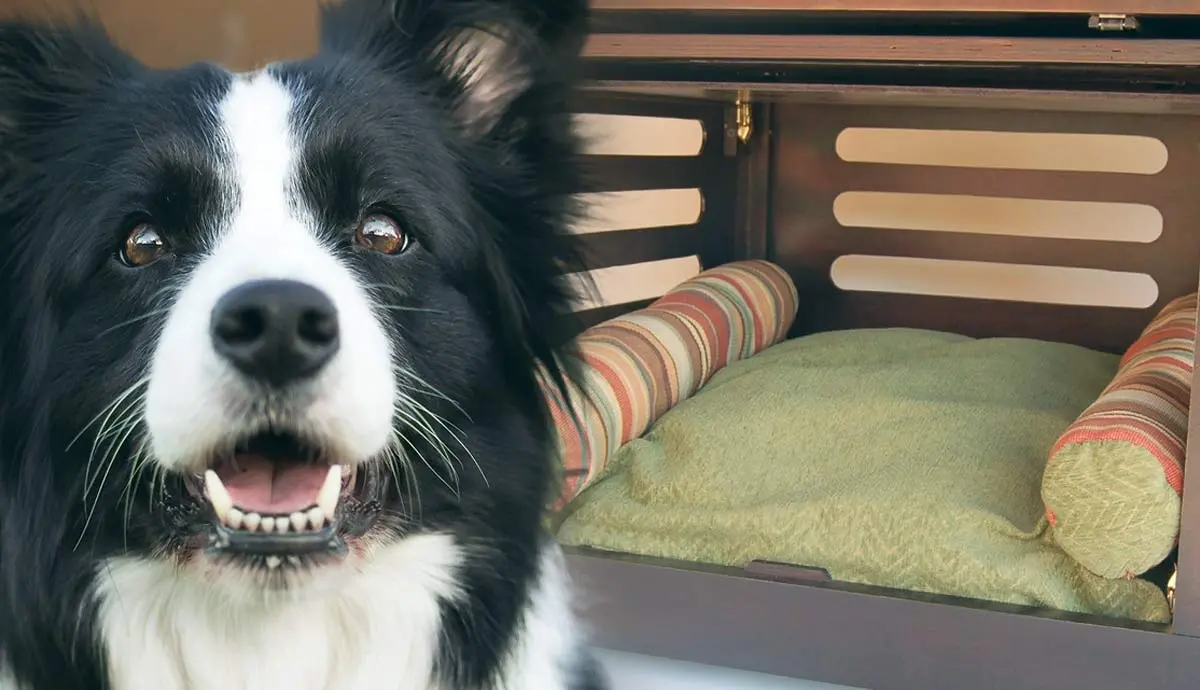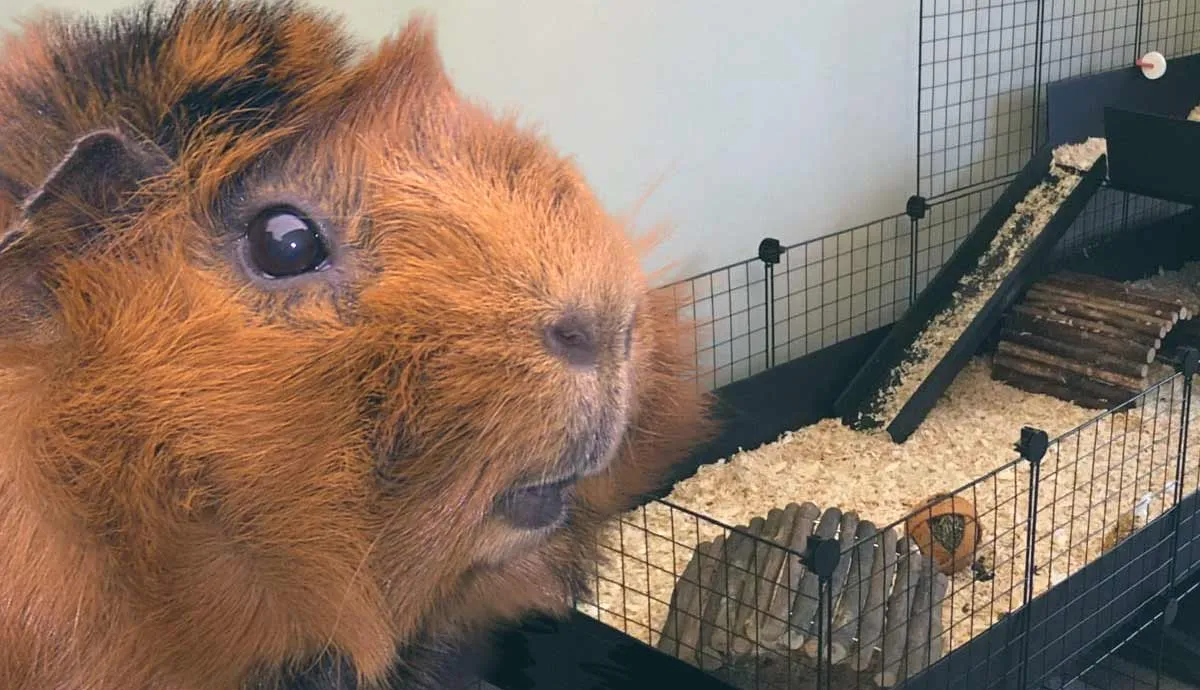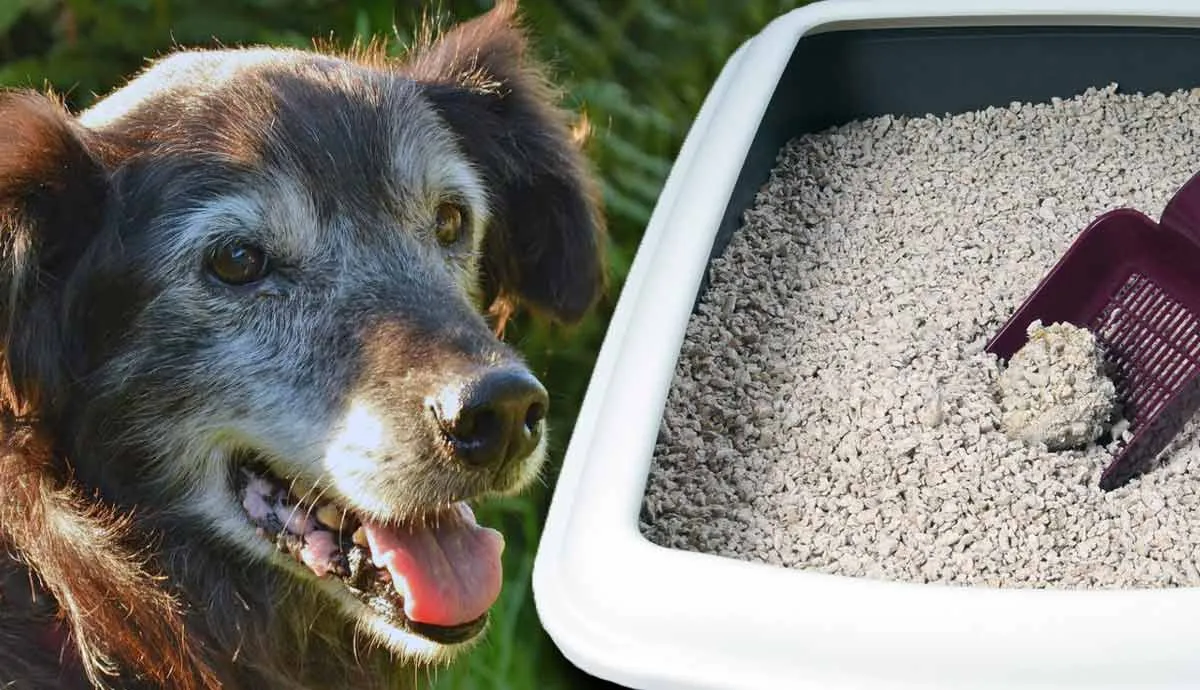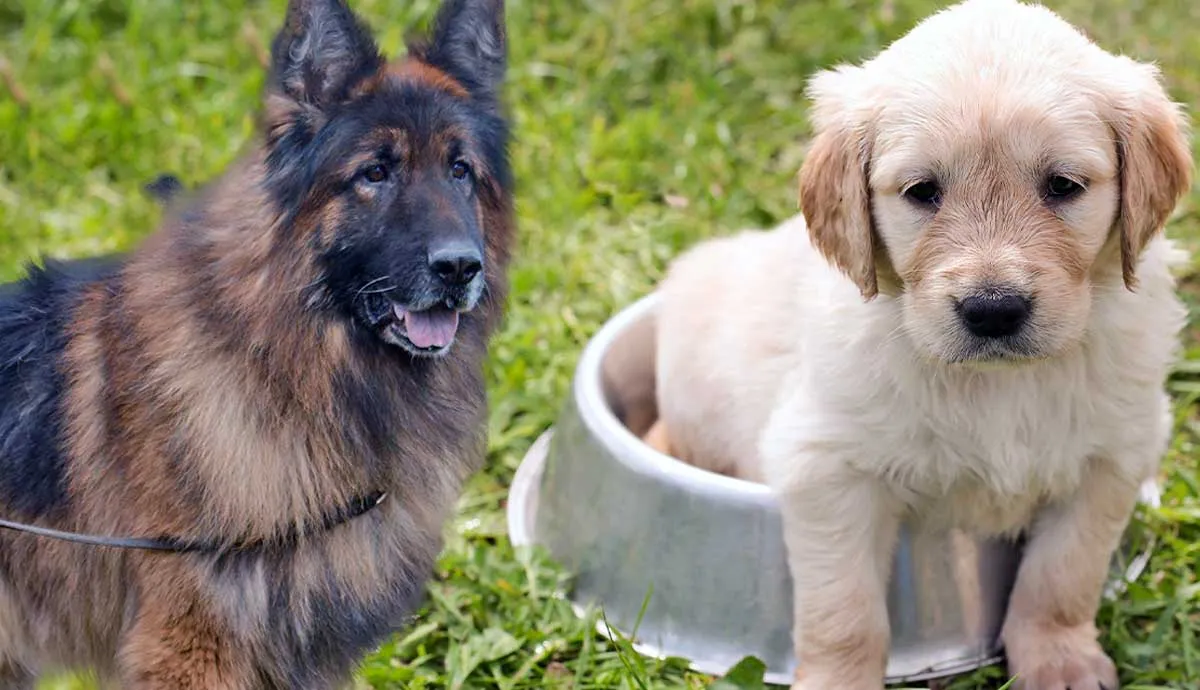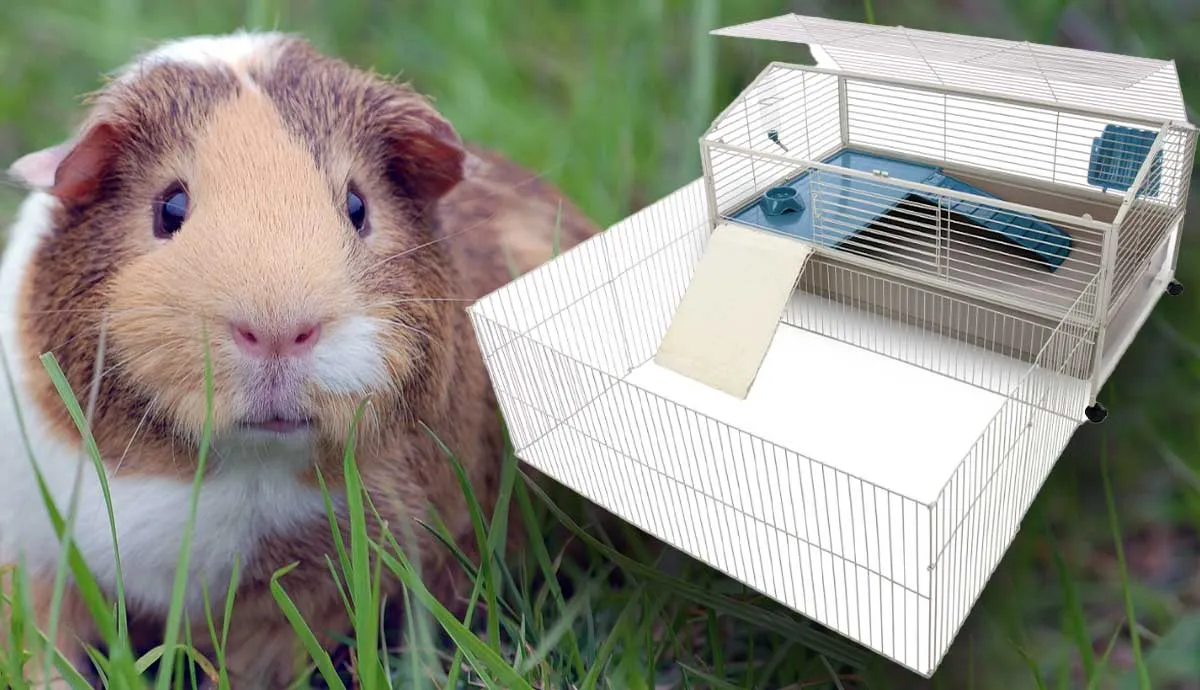Even the best dog trainers make mistakes, and something as individualized as crate training is easy to mess up. While much of training is formulaic, it’s adapting the formula to each unique situation where most mistakes arise.
By avoiding these mistakes, you greatly increase your chances of success and make training a more pleasant experience for everyone involved. These suggestions don’t replace the input of a reputable trainer, but they ensure you’re off to a great start.
Waiting Too Long to Introduce the Crate

While you shouldn’t just throw a young puppy in a crate and hope for the best, there’s no reason not to introduce it early on. In fact, the earlier you expose them to the crate, the better your chances of crate training will be.
For young puppies, it’s best to set them up in an exercise pen with dedicated space for certain tasks. They may have one corner set up with potty pads for elimination, another set up with toys, and an open crate with a nice, soft bed.
Introducing the crate before dedicated training allows them to make positive associations all on their own, and it lessens that workload for you later on.
Not Making the Crate Inviting

A safe, inviting space looks different for every household.
Some dogs don’t like the rough feel of a crate pan under their feet, and they will avoid it at all costs. Putting down a blanket or a bed in the crate (as long as they won’t eat it) may be all you need to get them to accept the space.
Crates usually exist in open, wire varieties or closed, hard shell designs, and your dog may prefer one over the other. Wire crates are cheaper and more readily available, but some dogs want their crate to resemble a cozy den. Others want to be able to see everything going on and will cry until they get their way.
If your dog is struggling with their time in the crate, make sure you’re doing what you can to make it more inviting. Slow down crate training as needed to minimize negative associations.
Not Feeding in the Crate

Food is a great motivator for our canine friends, and it’s one of the best ways to make positive associations. If you’re not serving meals in the crate, you’re missing out on a great hands-off opportunity.
If you can, leave their food bowl in the crate with all the doors open. Even if they don’t go for the meal right away, their stomach usually wins. When they go for the meal and realize nothing bad happens, their confidence in the crate as a safe space grows.
It’s also helpful to have a special, high-value treat to associate with the crate. Kongs filled with peanut butter or wet food work well. Put the treat in the crate and allow your dog to make the choice to pursue it. If they remove the treat from the crate, simply pick it up and toss it back in.
Once they learn they can only have it in the crate and settle in, resist the urge to shut the doors. The goal is to reinforce their decision to enter the crate with the treat, not use it to further your goals of shutting them in.
Using the Crate for Punishment
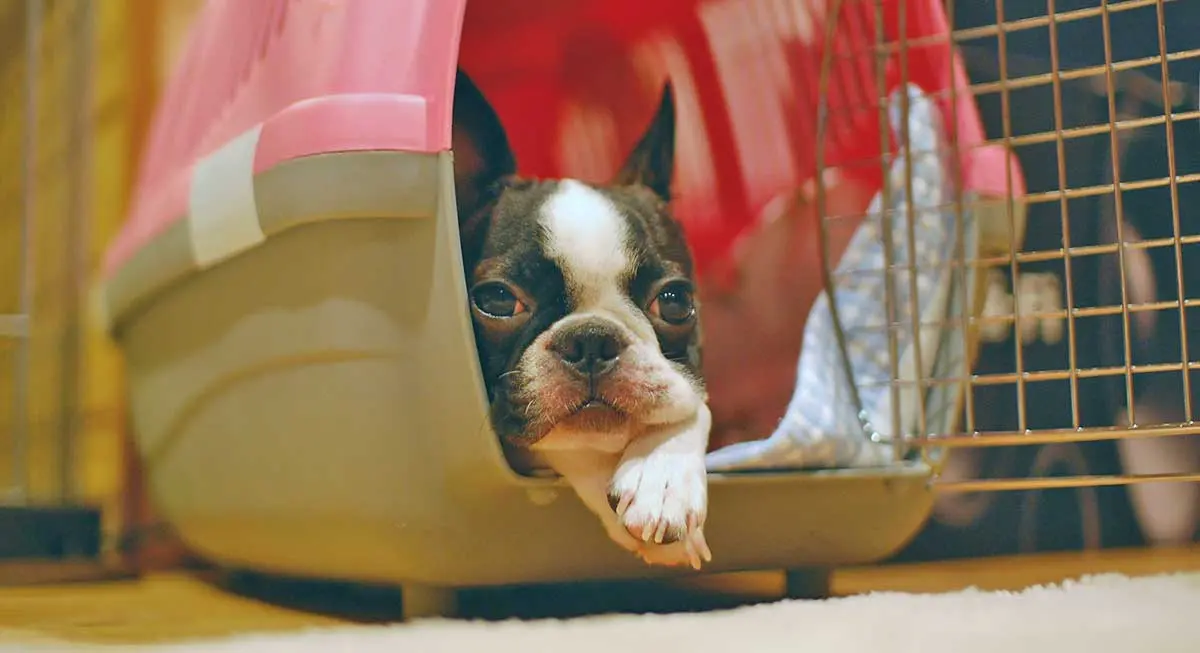
Crate training works better if you keep the crate a safe space, not a jail cell. If you shove your pet in the crate as a form of punishment, you’re only compounding stressful situations for them.
It would be like if you were put into a small closet every time you made a mistake. You’d be more likely to avoid that closet, not seek it out, in the future. You may even grow to protest the confinement.
Make sure you’re calm when putting them in their crate, even if it’s a last-minute decision intended to keep them safe. Never hit the crate while they’re training, and focus on positive associations to help build confidence.
Keeping Your Dog in the Crate Too Long
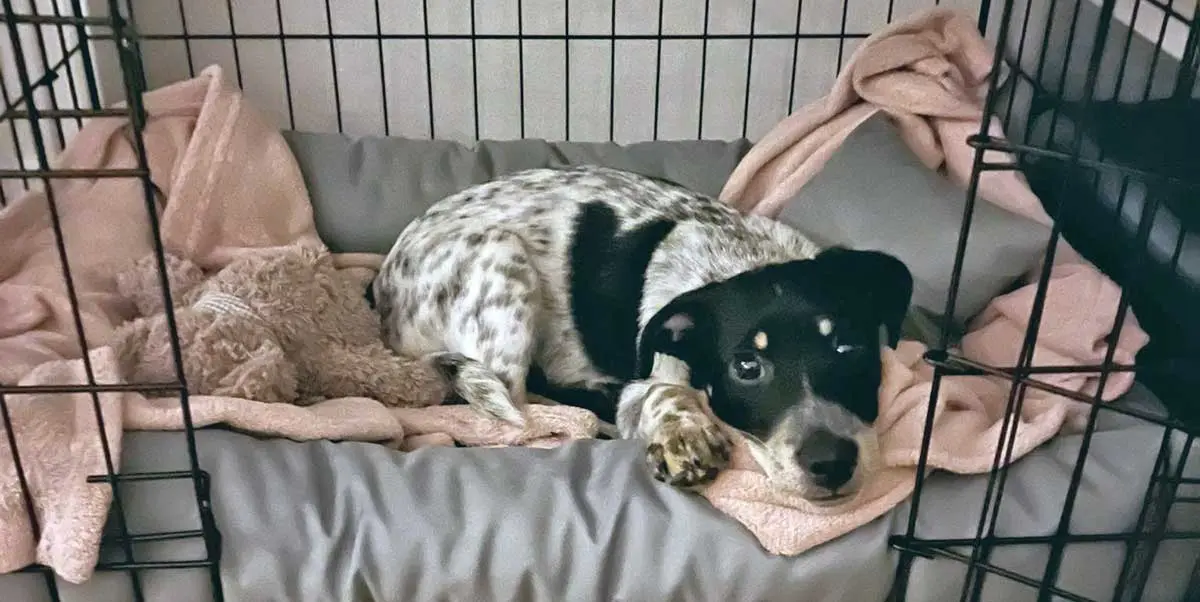
To keep crate training a positive experience, you should minimize the uninterrupted time your dog spends in the crate early on. Multiple small training sessions are more effective than sudden 4-hour stretches.
The cry-it-out method for crate training may have eventual success, but it contributes to greater issues like separation anxiety. It may exacerbate the issue so much that your dog destroys their crate.
Focus on small crate training sessions to start, and don’t leave the room. When your dog is comfortable remaining in the crate, don’t make them wait in it any longer than they can hold their bladder. According to the Humane Society of the United States, puppies can only control their bladder for 1 hour per month of age; crate time should not exceed this.
Four hours is the most appropriate maximum time spent in the crate. Coordinate with a friend or reputable dog sitter if you need someone to let them out for you.
Not Exercising Your Dog Beforehand
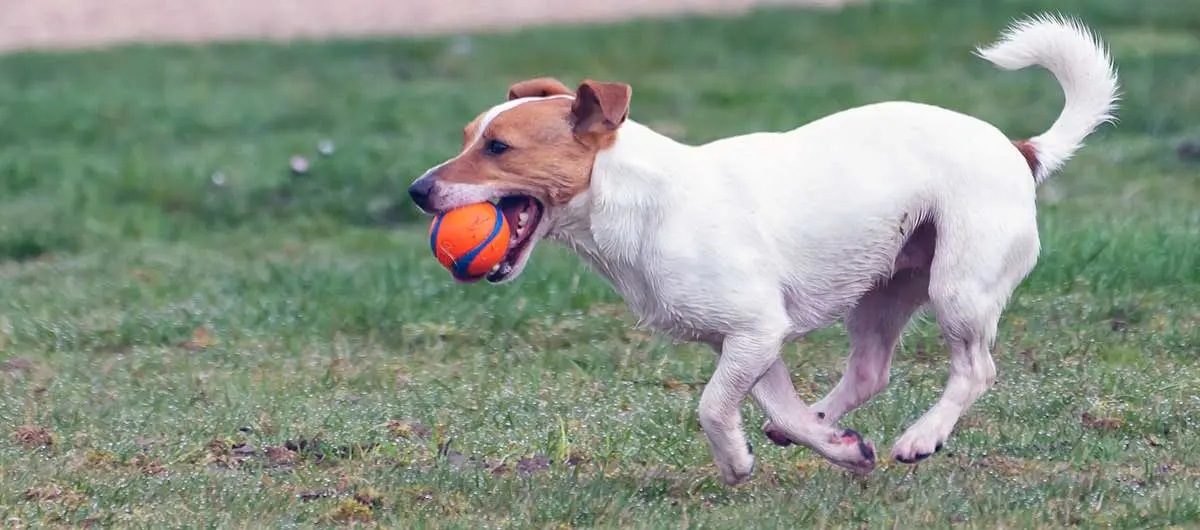
Dogs have a much easier time accepting the crate if they’re not vibrating with energy. Especially when you’re focused on crate training, you want to put them away only when their energy is spent.
Playing a game of fetch is one of the best ways to burn off that energy quickly. If you can’t make time for a lengthy walk beforehand, spend 5 to 10 minutes outside running around.
Mental food puzzles also work well to tire out your dog’s brain. If they can tolerate toys in the crate, food dispensers may keep them occupied when the door is shut and help make positive associations.
Take crate training slowly, and don’t hesitate to ask for help if you’re struggling. Understand that it’s a longer process, but it’s well worth the safety and security you have at the end.
